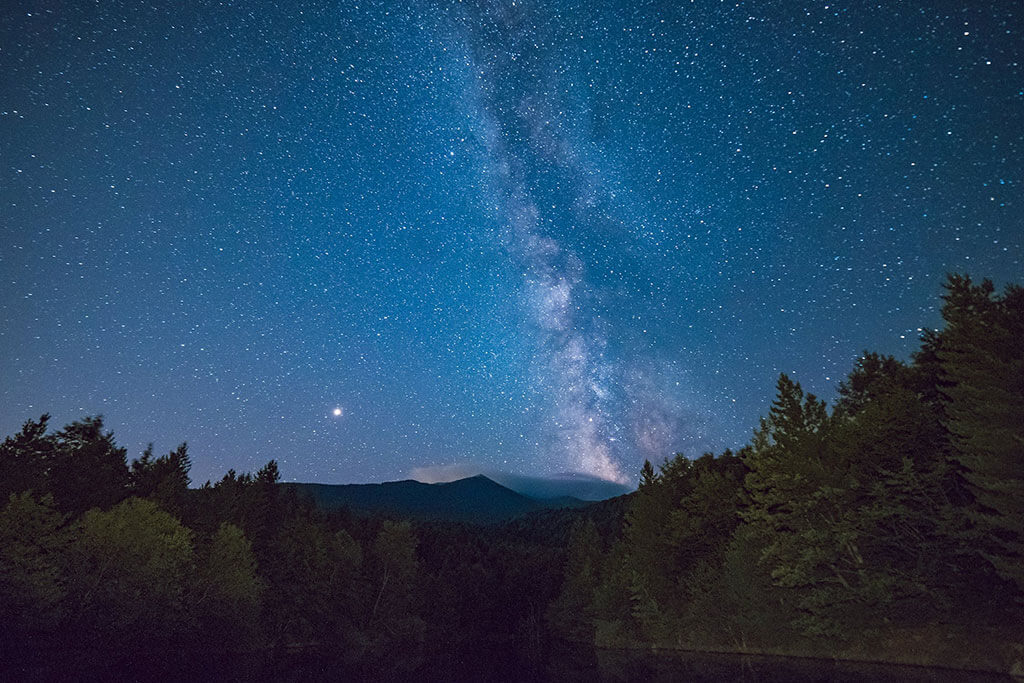
8
October

8
February

1
May
Texas Star Party
Prude Ranch near Fort Davis, Texashttps://texasstarparty.org/

4
August
Stellafane
Breezy Hill, Springfield, Vermonthttp://stellafane.org/

4
August
Starfest
River Place Park, Aytonhttp://www.nyaa.ca/index.php?page=/sf16/sf.home16

3
August
Saskatchewan Summer Star Party
Cypress Hills Interprovincial Parkhttps://www.usask.ca/rasc/starparty.htmlhttp://www.cypresshills.com/

2
June
New Moon in June Star Party
Hemlock Campground in Grundy Lake Provincial Parkhttp://www.gatewaytotheuniverse.org/star-parties-special-events.htmlhttps://www.ontarioparks.com/park/grundylake

30
July
Mount Kobau Star Party
Near Osoyoos, British Columbiahttp://www.mksp.ca/

5
May
Harold Healy Frozen Banana Star Party
Mew Lake Campground in Algonquin Provincial Parkhttp://www.gatewaytotheuniverse.org/star-parties-special-events.htmlhttp://www.algonquinpark.on.ca/visit/camping/mew-lake-campground.php

8
April
Canadian Space Society - Toronto: Yuri's Night 2016
Yuri’s Night is held April in commemoration of Yuri Gagarin becoming the first human to venture into space on April 12, 1961. Celebrate 55 years in space with the Toronto Chapter of the Canadian Space Society.
